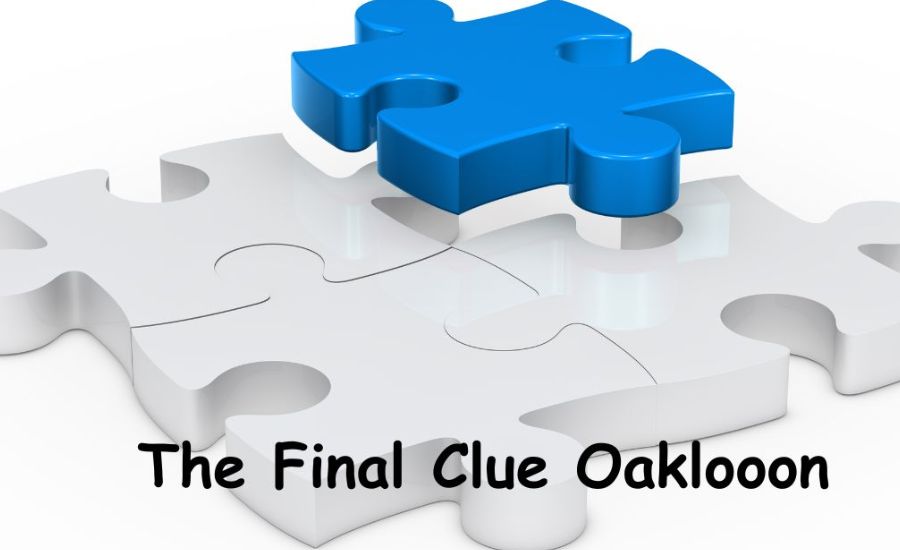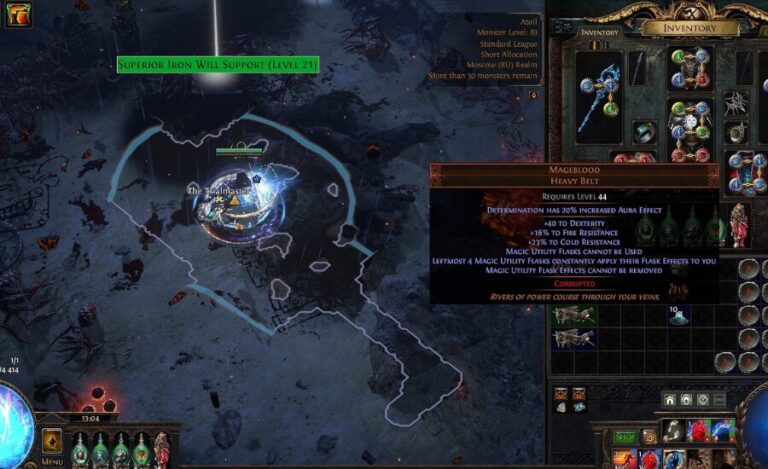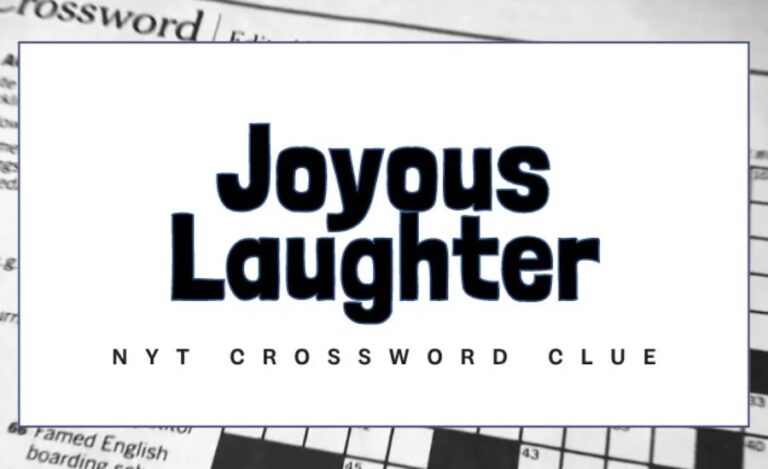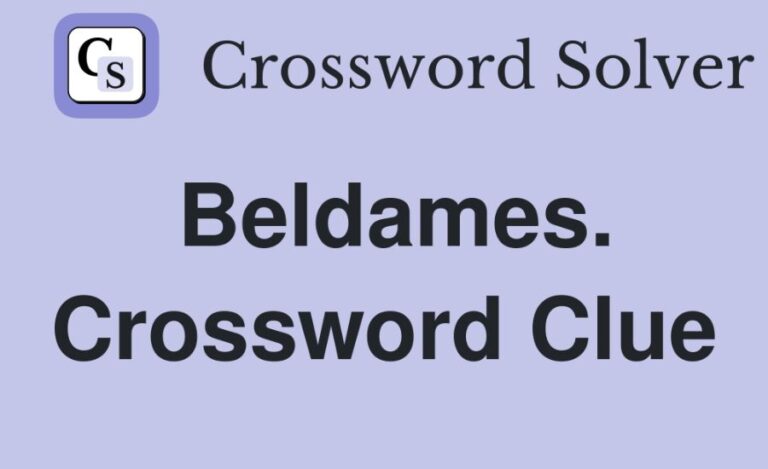Final Clue Oaklooon Unveiling, Mastering, & Many More
Introduction

Puzzle solvers of all skill levels find the world of puzzles to be a stimulating and thrilling place full of obstacles. Of these riddles, the Final Clue Oaklooon stands out as an especially intriguing and complex mystery. Solvers are drawn in by its distinctive design, which also challenges them to use critical thinking and unconventional thinking.
We will delve into the details of the Final Clue Oaklooon in this tutorial, highlighting its unique characteristics and explaining why it is considered such a difficult task. We will discuss its importance in the context of the larger puzzle-solving scene, looking at how it fits into different puzzles that appeal to both novices and seasoned pros.
We will also offer helpful advice on how to solve the Final Clue Oaklooon, along with efficient methods and approaches that will improve your general puzzle-solving abilities. Gaining an understanding of the fundamental ideas and typical strategies employed by proficient solvers will enable you to handle this difficult puzzle with greater ease.
We will also talk about the Final Clue Oaklooon’s wider effects on the puzzle-solving community, emphasizing how it has influenced puzzle design and served as an inspiration for new challenges. This book intends to provide you with insightful knowledge and useful tips so that you can conquer the Final Clue Oaklooon and recognize its special place in the ever-evolving universe of riddles, regardless of your level of experience solving puzzles.
The Origin of the Final Clue Oaklooon
Investigating the Final Clue Oaklooon’s beginnings is crucial to understanding its importance. The name “oaklooon” has long piqued the interest of puzzle fans and has its roots in the illustrative history of cryptic riddles. These hints are typically found in longer puzzles or treasure hunts, and they stand for the last obstacle that players must overcome to reach their objective.
It is believed that the origin of The Final Clue Oaklooon lies in a long line of complex cryptic puzzles created by expert puzzlers. These puzzles usually comprise of a sequence of carefully woven clues that, when put together, reveal a secret message or location. The Final Clue Oaklooon is unique because of its well-known intricacy and the degree of mental dexterity required of solutions.
Unveiling the Origins of the Final Clue Oaklooon
Examining the Final Clue Oaklooon’s history and significance is crucial to understanding it completely. Because of the lengthy history of cryptic puzzles, the name “oaklooon” has always piqued the interest of puzzle enthusiasts. These riddles are the final challenge for participants and frequently come in the shape of longer treasure hunts or complex problem-solving missions.
It is believed that the Final Clue Oaklooon sprang from a lengthy history of complex cryptic puzzles created by gifted puzzlers. These puzzles typically consist of a series of intricate clues that, when put together, disclose a location or hidden message. The Final Clue Oaklooon stands out due to its extraordinary intricacy and the sophisticated problem-solving abilities it demands.
We can understand the Final Clue Oaklooon’s importance in the puzzle world by looking at its development and subtleties. This comprehension also illuminates the painstaking artistry required to design such perplexing puzzles, augmenting our appreciation of the puzzle itself and the rigorous thinking it necessitates.
Mastering the Skill of Decoding the Final Clue Oaklooon
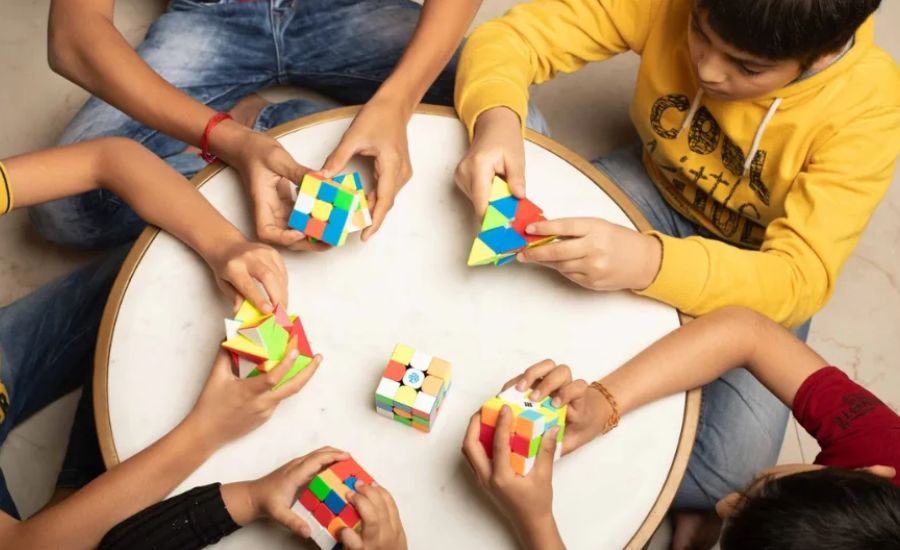
The last clue, “oaklooon,” requires a combination of analytical abilities, inventiveness, and perseverance to solve. It takes a deliberate approach and a range of problem-solving strategies to solve this complex puzzle. The following five tactics are crucial for approaching this difficult clue:
Break Down the Pieces of the Puzzle
Analyzing each component of “oaklooon” in detail is the first step towards solving it. Through breaking down the clue into its component pieces—words, symbols, or numbers, for example—solvers can start to identify patterns and relationships that may not be immediately apparent. Solvers can concentrate on each component individually using this methodical approach, progressively assembling the entire answer. It is important to carefully examine every detail in the final hint, “oaklooon,” as it can hold significance.
Examine Different Interpretations
The intrinsic ambiguity of “oaklooon,” which forces solvers to take into account a broad variety of potential meanings, is one of its distinguishing characteristics. There could be several ways to understand the information, thus thinking must be flexible and adaptive. This could entail reconsidering the significance of particular phrases, approaching mathematical puzzles from fresh perspectives, or applying novel interpretations to visual components. It is important to keep an open mind since the answer could come from an unexpected place.
Examine Earlier Hints for Background
The last clue, “oaklooon,” frequently fits into a longer puzzle or a well-written story. Going over past hints again can provide helpful background or reveal trends that are crucial to resolving the last puzzle. The key to solving “oaklooon” is for solvers to recognize reoccurring themes, symbols, or techniques by comparing the present clue with earlier hints. Consideration of the puzzle as a whole can provide important new information.
Work Together with Others
Working together can significantly improve the process of solving “oaklooon,” given its intricacy. Working as a team enables the exchange of ideas and expertise, which can result in innovations. Different people bring different approaches to problem-solving, and group brainstorming can provide creative solutions. Working in groups—whether with friends, fellow puzzle solvers, or members of virtual communities—enhances the experience of solving the last clue.
Develop Resilience and Ingenuity

Creating and persevering are essential when working with “oaklooon.” Resilience is essential for overcoming barriers and uncertain periods that solvers may encounter. It is critical to think creatively, try out various methods, and exercise patience—even when things seem to be moving slowly. The complexity of “oaklooon” contributes to its appeal, and people who work hard to solve it frequently feel a great sense of satisfaction.
The Framework of the Final clue oaklooon
It is critical to comprehend the Final Clue’s complex architecture in order to approach it successfully. Unlike traditional puzzles, which mostly depend on clear-cut reasoning or well-known patterns, the Final Clue Oaklooon combines a number of elements. Anagrams, enigmatic wordplay, numerical patterns, and even visual cues can be among them.
The Final Clue Oaklooon’s structure poses a multifaceted puzzle, with each piece adding to the total solution. This multi-layered technique pushes solvers to weigh several interpretations before choosing the right answer, which calls for a high level of critical thinking. The intricacy of the problem resides in its capacity to deceive and elicit more thoughtful reflection, elevating the sensation of accomplishment upon solving it.
Anyone trying to solve the Final Clue Oaklooon must comprehend this intricate pattern. Solvers can navigate the puzzle’s complexities and appreciate the expert craftsmanship behind it by identifying the many components and using a strategic mentality.
What is the Final Clue Oaklooon? A Breakdown of the Puzzle
numerous are enthralled with the final clue, “Oaklooon,” due to its numerous levels of intricacy. This riddle, in contrast to others, presents a novel angle that tests the abilities of even the most proficient problem solvers. It has several stages, each of which requires a unique unlocking approach.
The way the Final Clue Oaklooon challenges solvers to consider every move carefully is what really sets it apart. Each clue is deliberately designed to be misleading, but for those who look closely, there are also subliminal clues. This puzzle requires perseverance and careful observation, and as it moves through the phases, the difficulty increases to keep solvers interested.
The fact that the Final Clue Oaklooon cannot be solved by simply following a series of instructions in a linear fashion is one of its main components. To sort through the noise and focus on the most important hints, one must combine logic with imagination. Its complicated nature belies its many appeals to puzzle fans, who find great satisfaction in the sense of success they derive from completing each section of the puzzle.
The History Behind the Final Clue Oaklooon
With a long history spanning several years, “Oaklooon” is the final clue. This was not a random puzzle; rather, it evolved from previous brainteasers by combining different aspects to produce a unique difficulty. Puzzle historians frequently trace the history of the genre back to a committed group of enthusiasts who wanted to create something truly unique.
Many people assume that old-fashioned riddles and puzzles that pushed solvers to use their imaginations served as the idea for the Final Clue Oaklooon. Like the Oaklooon itself, these brain teasers often combined cunning and hidden messages. The mystery’s notoriety only grew stronger as it acquired more traction in the neighborhood.
The Final Clue Oaklooon’s unique quality is that it is a mystery that has baffled people for a long time. Even if some people say they have the answer, it is unclear if they have truly solved the riddle because the solutions frequently raise more questions. A big part of its attraction is its unsolved mystery, which keeps drawing in fresh solvers who are eager to take on its challenges.
Why the Final Clue Oaklooon is Considered a Brain-Buster
Not only is the last clue “Oaklooon” challenging, but it is a real brain teaser! Its inherent unpredictability is what makes it challenging. Even when they think they are making progress, solvers sometimes have to start over after realizing they missed something important.
The puzzle’s blend of many puzzle types is a major reason for its intricacy. Even something that seems like a simple logic issue at first can easily turn into a riddle or a mathematical complex. In order to advance, solvers must use a variety of talents due to this broad approach.
Furthermore, Oaklooon is renowned for its deftly hidden hints in the Final Clue. Oftentimes, important information is subtly concealed so that only the sharpest detectives can find it, even though it is clearly visible. Its reputation as a true brain-buster that only the most determined people can solve has been cemented by these difficulties.
The Essential Role of Creativity in Decoding the Final Clue Oaklooon
Imagination is just as vital as logical reasoning and analytical skills in solving the last clue, “oaklooon.” This challenging challenge puts the solver’s capacity for creative problem-solving to the test along with their aptitude for identifying patterns. Using lateral thinking—making connections between seemingly unrelated ideas or coming up with inventive ways to uncover hidden meanings—is often necessary to break through “oaklooon.” Its design aims to stimulate interest and encourage problem solvers to use novel and innovative thinking.
In order to solve the symbolic or abstract portions of the clue, creativity is very important. It might be challenging to comprehend these symbols precisely, thus a more heuristic approach would be required. Solvers must apply their creative thinking to decipher these symbols, which may mean going outside the box of tried-and-true problem-solving techniques or employing metaphorical reasoning. This innovative method is necessary since “oaklooon” frequently presents issues that defy logic.
The final clue, “oaklooon,” requires a harmonious combination of logical analysis and creative research. People that appreciate creativity and are receptive to new ideas are more likely to succeed. Those who solve the puzzle by combining creative and analytical thinking will feel as though they have cracked a really challenging secret. By utilizing both creative and analytical thinking, issue solvers can effectively investigate “oaklooon” and identify its ultimate solution.
The Impact of Creative Thinking on Cracking the Final clue oaklooon
The Final Clue oaklooon requires analytical reasoning and logical thinking to solve, but creativity is also vital to finding the right answer. This puzzle’s numerous components force solvers to stray from traditional approaches, forcing them to consider novel approaches and think creatively.
When tackling the Final Clue oaklooon’s abstract or symbolic elements, creative thinking is very crucial. In order to interpret hints in novel ways, solvers in these scenarios need to use their imagination and intuition. This could entail applying creative problem-solving strategies to get around challenging situations or engaging in lateral thinking, which connects seemingly unrelated concepts.
Through the use of creativity, solvers can approach the Final Clue oaklooon from novel perspectives and find answers that might not be apparent when using more conventional analytical techniques. The process of addressing problems is facilitated by creativity, which offers new perspectives and avenues for thought that are essential for solving this complex puzzle.
Famous Solvers of the Final Clue Oaklooon: Who Cracked It First?
Over the years, many have tried to figure out the Final Clue Oaklooon’s code, but very few have been able to interpret it. These eminent puzzle solvers have dedicated a great deal of time and energy to solving the riddle, using a range of original techniques to reveal its mysteries.
The first person recognized as having solved the Final Clue Puzzle fanatic Oaklooon was renowned for his nontraditional approach to problem solving. This solver combined old methods with new concepts, which ultimately resulted in a breakthrough in the puzzle’s understanding.
As more people have taken on the task, they have each brought a unique perspective to its solution. While some solvers rely on logic and intuition, others focus on the mathematical components. Whoever solves the Final Clue Oaklooon, regardless of how they did it, is commended for their perseverance and inventive problem-solving abilities.
Puzzle Patterns: How the Final Clue Oaklooon Uses Repetition and Symmetry
The Last Hunt Oaklooon is well known for its elaborate patterns, especially symmetrical and repeating motifs. To solve the problem and proceed successfully, you must recognize these patterns. The puzzle’s components frequently recur in subtle ways, giving the solution insights.
The Final Clue Oaklooon’s usage of symmetry, in which some segments reflect one another, is a noteworthy feature. Comprehending the structure of this symmetry can help solvers advance to the subsequent stage. Even though it might not be evident right away, understanding this aspect can be quite helpful.
In addition, repetition is crucial to the puzzle’s design. Words, numerals, or symbols may appear more than once; these hints act as covert cues that lead solvers toward the solution without being obvious. Acquiring the skill to recognize these patterns is essential to figuring out the Final Clue Oaklooon.
Facts:
- Nature of the Puzzle: The Final Clue Oaklooon is characterized by its intricate design, challenging solvers to engage in both logical and creative thinking.
- Historical Roots: The name “oaklooon” reflects a lineage of cryptic puzzles that culminate in complex challenges.
- Multifaceted Approach: Successful solving often involves a combination of analytical skills, lateral thinking, and collaboration.
- Symmetry and Repetition: Recognizing patterns such as symmetry and repetition within the puzzle is key to uncovering its secrets.
- Creative Problem-Solving: Solving Oaklooon often requires unconventional methods and creative interpretations of clues.
Summary:
The article explores the intricate puzzle known as the Final Clue Oaklooon, detailing its unique characteristics and the skills required for solving it. It emphasizes the blend of analytical reasoning, creativity, and perseverance necessary for tackling this complex challenge.
Key sections include:
Introduction: An overview of the puzzle’s appeal and significance in the puzzle-solving community.
Origin: A discussion of the historical roots of Oaklooon, connecting it to the broader tradition of cryptic puzzles.
Solving Strategies: Practical tips such as breaking down the puzzle, exploring different interpretations, and collaborating with others.
Structure: Insights into the multifaceted nature of the puzzle, which includes various elements like anagrams and visual cues.
Creativity: The essential role of creative thinking in decoding symbolic or abstract clues.
Famous Solvers: Recognition of individuals who have successfully navigated Oaklooon.
Patterns: The importance of identifying repetition and symmetry within the puzzle to find solutions.
FAQs:
1. What is the Final Clue Oaklooon?
- The Final Clue Oaklooon is a complex puzzle known for its intricate design, challenging solvers to utilize both analytical reasoning and creative thinking.
2. How did Oaklooon originate?
- The name “oaklooon” has roots in the tradition of cryptic puzzles, representing the last challenge in a series of clues typically found in treasure hunts or complex problem-solving tasks.
3. What strategies can help in solving Oaklooon?
- Key strategies include breaking down the puzzle into smaller components, exploring various interpretations, reviewing previous clues, collaborating with others, and maintaining resilience.
4. Why is creativity important in solving Oaklooon?
- Creativity is essential because the puzzle often contains abstract or symbolic elements that require imaginative thinking and lateral problem-solving to decode.
5. What are common patterns found in Oaklooon?
- Solvers should look for symmetrical elements and repetitive motifs, as these can provide important clues toward the solution.
6. Who are some notable solvers of Oaklooon?
- The article references a few prominent individuals known for their innovative approaches to solving the puzzle, though specific names are not mentioned.
For More Information About Game visit LatestRular
